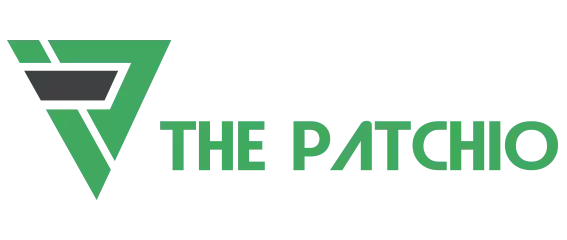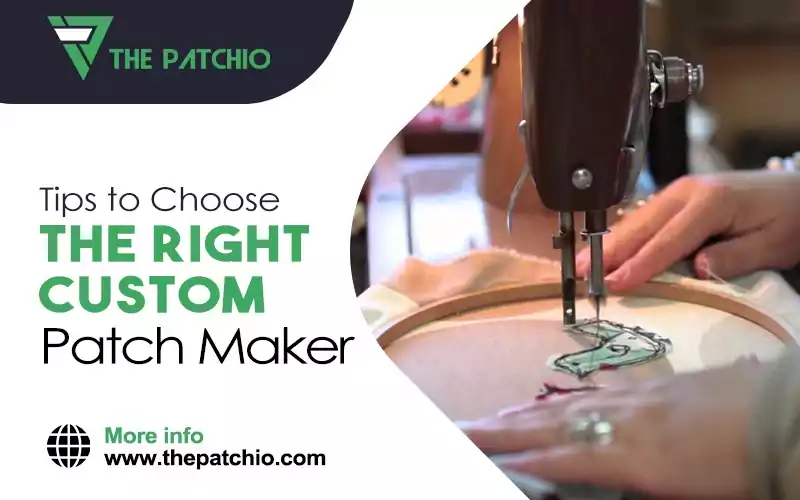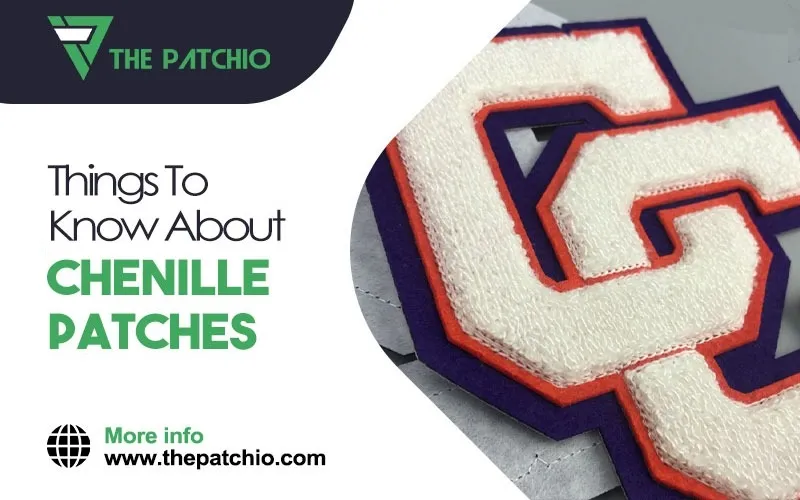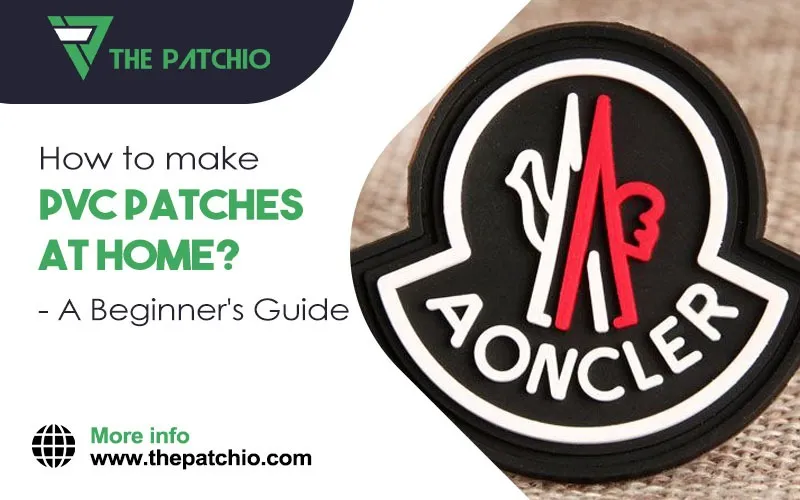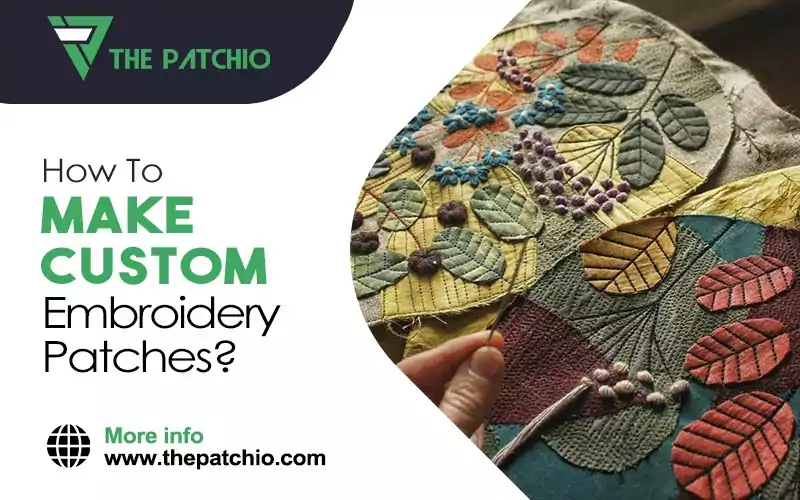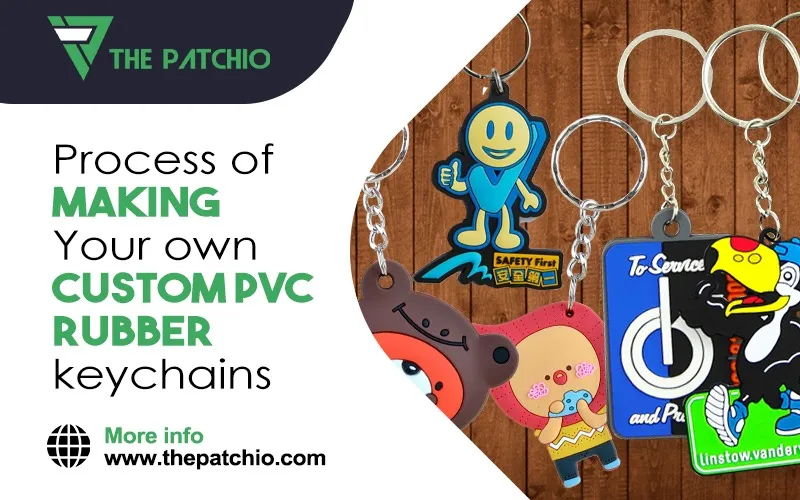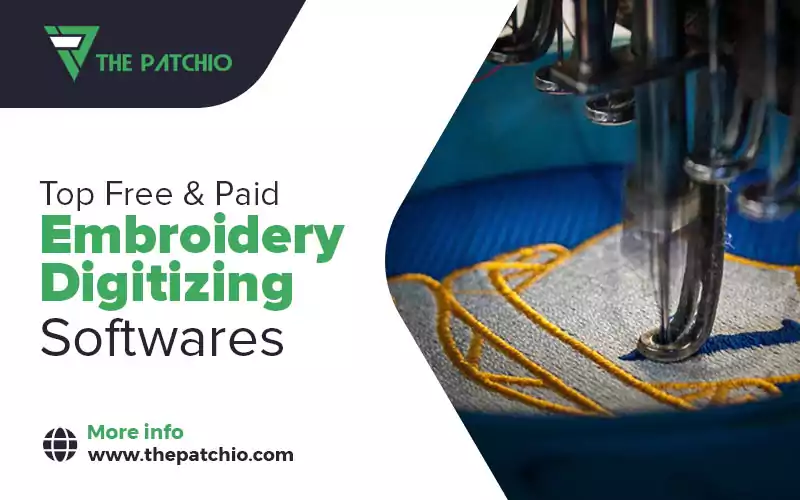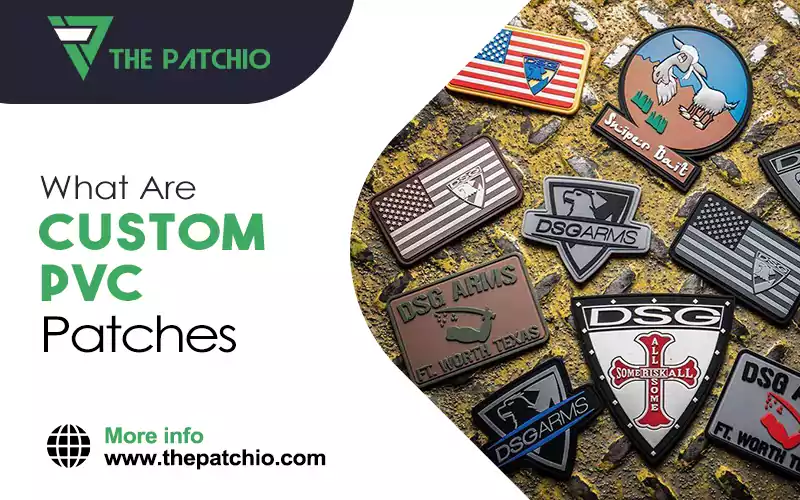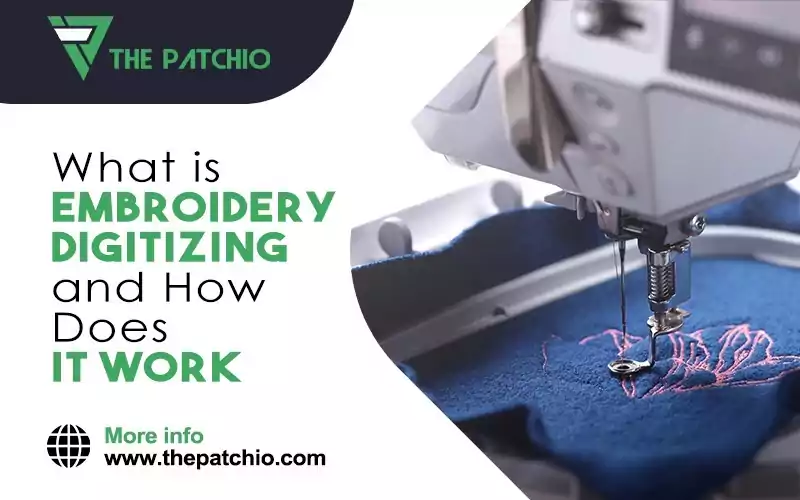
With everything becoming digital now, something as traditional as patches and embroidery that people take pride in is going down the digitized route. Thus, it is taking the modern state of the industry very rapidly, increasing demand for embroidery digitizing service as well.
Let’s look closely at embroidery digitizing and understand what it is by analyzing how the realm of embroidery digitizing works.
What is embroidery digitizing?
Embroidery digitizing is the most common way of converting forms of embroidery into a stitch file that can be read and processed by an embroidery machine and deciphered as various stitch types. For the ones who have been thinking that digitizing is a "one stage", click the button process? No, that is not how embroidery digitizing works!
Following is the actual process breakdown of how embroidery digitizing works.
Understanding the Job
The first step is to understand the job. First the digitizer should comprehend the necessities of the particular digitizing job. This incorporates knowing the ideal size of the digitized plan and the sort of texture and article of clothing it will be embroidered on. It likewise includes figuring out how the plan ought to be deciphered. In case there are white areas in the design, should those regions be in thread or should the base and background appear on the other side?
The digitizer ought to likewise know whether a specific way of digitizing is required or then again if specific stitch types ought to be utilized to coordinate with the current design.
Preparing the artwork for embroidery digitizing
This is the part on which the embroidery digitizing price depends too. Next the digitizer should break down the artwork to check whether it ought to be edited for embroidery. The last size of the plan should be thought of. Not all logos that were intended for a print media, for example, a business card will function admirably for weaving.
Many plans should be adjusted or improved. In some cases just the plan name and a little picture are utilized. A few components, for example, illustrating may be killed and little text might be developed and improved.
Need More Information?
Request a quote. We will get back to you within 8-12 hours with a custom product quote.
Pathing in the process of Digitizing
After the artwork has been modified in a design program, the document is opened in a digitizing program where it is utilized as a layout for making a stitch record (computer file consisting of various stitch types). To start with, the digitizer should choose how the "pathing" in the logo will run. It is to be noted that pathing is the sequence of stitches in a design from beginning to end. Pathing can influence how an embroidered design will "lie" when it is done.
If a design isn't embroidered in the right order, you might have undesirable patches of fabric or lopsided text. The pathing will likewise influence how long the plan will run on the machine during the embroidery system. This part of the process greatly affects the embroidery digitizing price because in spite of the fact that you may not mind at all what the running time is, a more limited, smoother design will cost you less.
Assigning the embroidery stitch types
Further on to understand how embroidery digitizing works, the digitizer allocates stitch types to each part of the design depending on what stitch will best address the artwork. The digitizer begins by adding the underlay stitches. Despite the fact that you can't see underlay stitches in a completed logo, having the right underlay stitch is fundamental to making an extraordinary looking logo. Underlay balances out the texture to the backing of the fabric (one more fundamental component in weaving), sets out the rest of the texture so the excess stitches have a smooth surface to weave on and add thickness to the design. Not utilizing the right underlay can make the stitches sink into the texture or permit the shirt texture to bleed through the design.
Despite the fact that there are just three essential stitch types: run, satin silk and fill stitches, there are varieties of these stitch types. For instance, fill stitches are utilized to cover huge regions; be that as it may, the digitizer should conclude what kind of fill stitch to utilize, the bearing of the fill and where the fill should begin and stop in the plan. When settling on these choices the digitizer should think about what sort of texture the logo will be embroidered on and make proper changes.
Stitches will sink into textures, for example, polar fleece and lay on the outer layer of denser textures like nylon. A logo that was initially digitized for denim, a texture that permits lines to lay on an outer layer level, will not look as great when embroidered on a pique net where the lines sink into the texture.
The final embroidery Sew-Out
Although many left chest business logos are genuinely simple to digitize for the accomplished digitizer, designs with fine detail, little text, shading degrees and bunches of shading changes require more set up time. Digitizing is a cautious interaction that requires time and experience to be performed accurately. The digitizer should know how the lines he finds in his weaving programming will weave on various textures.
A very much digitized configuration will upgrade your logo so search for a quality embroidery digitizing. This step shall also be carefully chosen to be done by the right person since it will indirectly affect the embroidery digitization price.
Take-Away
What we know from the process is that it is a tricky one but fairly depends on how well the worker involved in the process knows his job. The time and price of the process can vary depending on the kind of embroidery digitizing service that has been availed.

